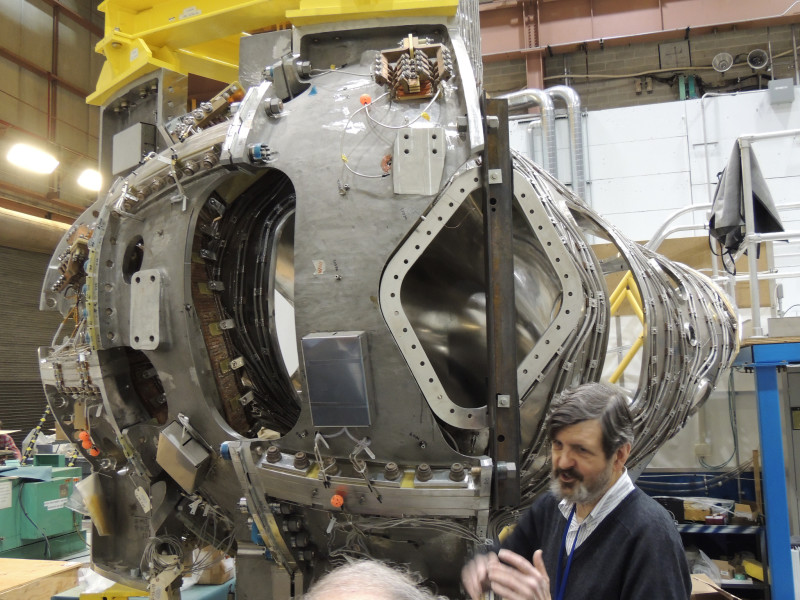Among the many exciting innovations taking place across a wide array of industries where Solarflare’s networking solutions are implemented, the cutting edge research being done at the Princeton Plasma Physics Lab (PPPL) truly has the power to change the world.
Nuclear fusion is the energy that powers the stars and the sun, and scientists have been working toward harnessing this power for decades. So it’s exciting that PPPL, joined by the worldwide fusion energy research community, is working to develop the first self-sustaining fusion reactor with a slated date for completion of 2016. While the physics behind achieving such a goal is complex, on a simplified level researchers are modeling the properties of how deuterium and tritium (hydrogen isotopes) move in a plasma field, which is essential to sustained fusion reaction. In addition to producing helium, this collision produces a huge amount of energy: up to 450 times the input energy to fuel the reaction. Fusion is a promising method of energy conversion because of its inexhaustible low-cost fuel supply, absence of global warming side effects, and low risk of reactor meltdown.
Today fusion reactions stop operating after a short period, but the goal is to create a fully sustainable fusion reactor that would be able to operate for long periods of time, sustained only by the addition of more hydrogen to the reaction.This point where nuclear fusion becomes self-sustaining is called ignition, and recent strides made by the Princeton Plasma Physics Lab take us one step closer to igniting this long-time energy dream into a viable reality. Researchers at PPPL recently confirmed a novel way to harness the rotation of hot charged plasma gas within fusion facilities. Read more about the physics behind this exciting step toward ignition at Princeton Plasma Physics Lab’s website.
Research simulating the fusion process requires a huge shared compute cluster capable of running over 230,000 simulation jobs a year. These simulations occur at universities all over the world and are then shared with members of the fusion energy research community. Highly parallelized models require several thousand CPU cores per job, and simulations can run for up to weeks at a time. So it goes without saying that saving even 3% on run times accelerates research significantly.
Tests at PPPL determined that using SolarFlare’s 10GB Ethernet networking software and hardware—the industry leader in ultra-high performance, ultra-low latency networking—rather than DDR InfiniBand improved cluster performance and speed by 36%. This startling result implies that 10GbE can be a useful interconnect not only for GYRO, but also for any stepwise iterative code in other physical modeling fields, such as Genomics, Computational Fluid Dynamics, and Finite Element Analysis. At any rate, the strides being made in nuclear reaction research as a viable energy source makes this an exciting time to be alive.
Image credit: Anita Gould

